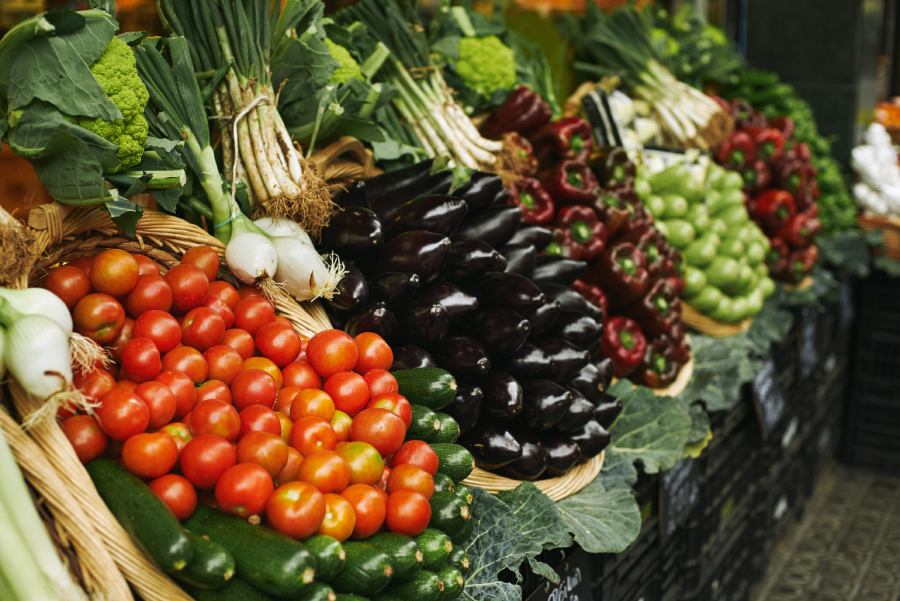In the heart of the Middle East lies a land of abundance. Where ancient traditions blend seamlessly with modern agricultural practices to yield a diverse array of products. Iran agricultural products. From the fertile plains of Gilan to the sun-kissed vineyards of Shiraz. Iran’s agricultural landscape is as varied as it is bountiful.
Iran Agricultural Products: A Tapestry of Flavors
Iran’s agricultural heritage spans millennia, with farmers cultivating the land since ancient times. Today, so this tradition lives on in the form of a wide range of crops, fruits, and livestock that thrive in the country’s diverse climate zones.
1. Fruits and Nuts:
Iran is renowned for its luscious fruits and nuts, so many of which export to worldwide. From the sweet, succulent dates of Bam to the tangy pomegranates of Saveh. Iranian fruits delight palates around the globe. Additionally, the pistachios of Rafsanjan and the almonds of Kerman prize for their exceptional quality and flavor. For ordering Iran agricultural products in bulk contact us.
2. Grains and Pulses:
Wheat, barley, rice, and lentils are staples of the Iranian diet, cultivate across vast expanses of arable land. These grains form the foundation of traditional dishes such as rice pilaf, barley soup, and lentil stew, showcasing the culinary diversity of Iran.
3. Herbs and Spices:
Iran’s temperate climate is conducive to the cultivation of a wide variety of herbs and spices, including saffron, mint, and cilantro. Saffron, in particular, is highly prize for its vivid color and distinct flavor, making it one of Iran’s most valuable agricultural exports.
4. Iran Agricultural Products : Livestock and Dairy
Iran boasts a thriving livestock industry, with cattle, sheep, and goats raised for meat, milk, and wool. The country’s dairy products, including yogurt, cheese, and traditional Iranian butter (ghee), are cherished for their rich, creamy taste and nutritional value.
Promoting Iran Agricultural Products:
Despite the richness of Iran’s agricultural bounty, so the Iran agricultural products sector faces challenges such as water scarcity, soil degradation, and outdated farming practices. However, concerted efforts are underway to modernize the industry and promote sustainable agricultural practices.
Conclusion:
In conclusion, Iran agricultural products represent a treasure trove of flavors, cultures, and traditions. From the verdant orchards of Fars to the sun-drenched vineyards of Qazvin, Iranian agriculture is a testament to the resilience and ingenuity of its people. By promoting and supporting Iran’s agricultural sector, we can ensure that this rich heritage continues to thrive for generations to come.


Leave a Reply